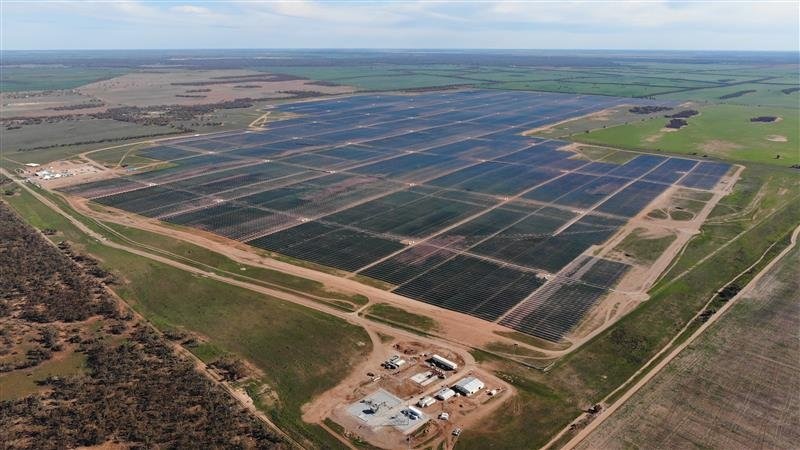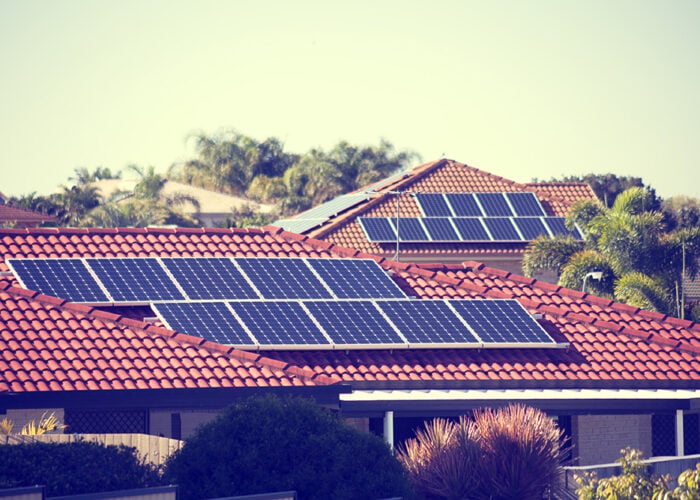
Investor confidence in the Australian clean energy market has been dented by “unhelpful and unpredictable” government interventions.
These are the findings of the Clean Energy Council’s Clean Energy Outlook- Confidence Index, which surveyed the Australian renewable energy and energy storage industry’s leaders and experts in June.
Unlock unlimited access for 12 whole months of distinctive global analysis
Photovoltaics International is now included.
- Regular insight and analysis of the industry’s biggest developments
- In-depth interviews with the industry’s leading figures
- Unlimited digital access to the PV Tech Power journal catalogue
- Unlimited digital access to the Photovoltaics International journal catalogue
- Access to more than 1,000 technical papers
- Discounts on Solar Media’s portfolio of events, in-person and virtual
Investor confidence has now hit its lowest level since December 2019, dropping from 7.3 in July 2020 to 6.3, with the Council pointing to the impact of connection delays alongside the lack of emission targets.
Grid connection is the most significant challenge facing large-scale renewable energy projects, with substantial delays and changes in technical requirements impacting on projects and investor confidence, according to Clean Energy Council chief executive Kane Thornton.
Challenges surrounding grid connections in Australia have been well documented, with a report from the Australian Energy Market Commission (AEMC) in May finding that Australia’s electricity grid faces congestion and power security issues over the next few years as more solar energy capacity is installed at faster rates than previously expected.
Additionally, a separate report from the Clean Energy Council released last August found that grid connection issues had led to a drop in the number of large-scale renewable energy projects being committed, impacting developers and “spooking” investors.
The Council therefore recently launched the Connections Reform Initiative with the Australian Energy Market Operator to improve the connection process.
However, there are also concerns for investors around the nation’s ageing transmission infrastructure, which without investment will see congestion continue to increase and stall further investment, Thornton said.
Several solar investors have withdrawn from the market as of late, with New Energy Solar selling its two PV projects in New South Wales for AU$288 million (US$223 million) last month, marking the solar investor’s exit from Australia.
It followed UK infrastructure giant John Laing stating it would exit the standalone solar and wind markets as a result of issues such as transmission loss problems, with its 255MW Sunraysia solar project in New South Wales having been hit by transmission issues as well as ongoing delays with the Australian Energy Market Operator’s registration process.
In early 2020, Australia-based engineering procurement and construction provider Downer Group also announced its withdrawal from the large-scale solar segment. CEO Grant Fenn also cited at the time issues around connection, grid stability and equipment performance.
“This is the time to be opening the doors to new investment in utility-scale clean energy projects, boosting jobs and regional development and ensuring that sufficient new generation is in place before old fossil-fuel generators retire or are priced out of the market,” Thornton said.
However, governments backing two gas plants in New South Wales, the lack of Federal Government support for the Kaban Green Power Hub and the rejection of the Asian Renewable Energy Hub hydrogen project are a string of “concerning” events that are also impacting investor confidence.
The project – which would feature 26GW of solar and wind- was rejected due to its environmental impact, particularly the impact it would have on wetlands and migratory bird species.







